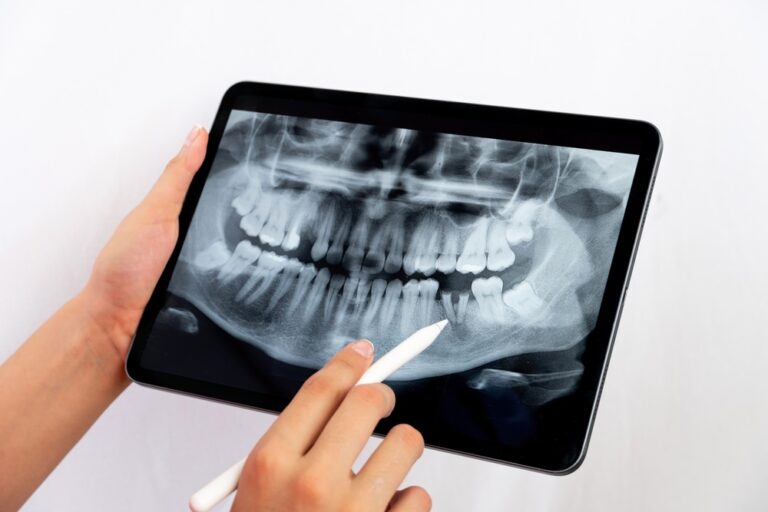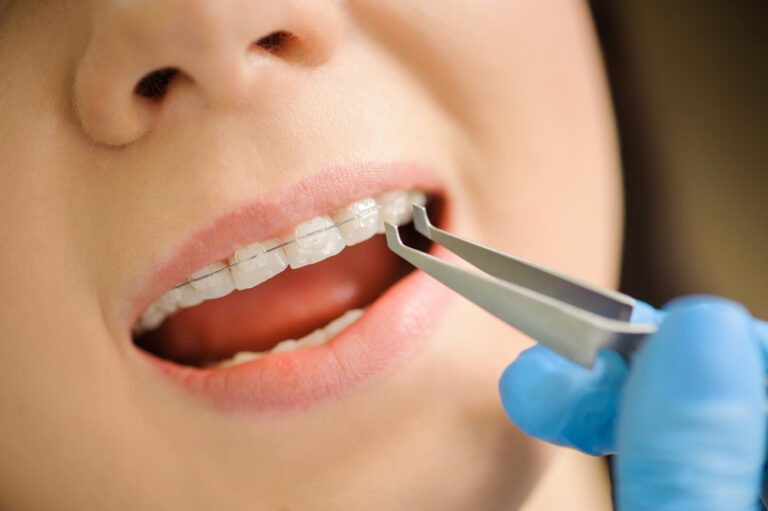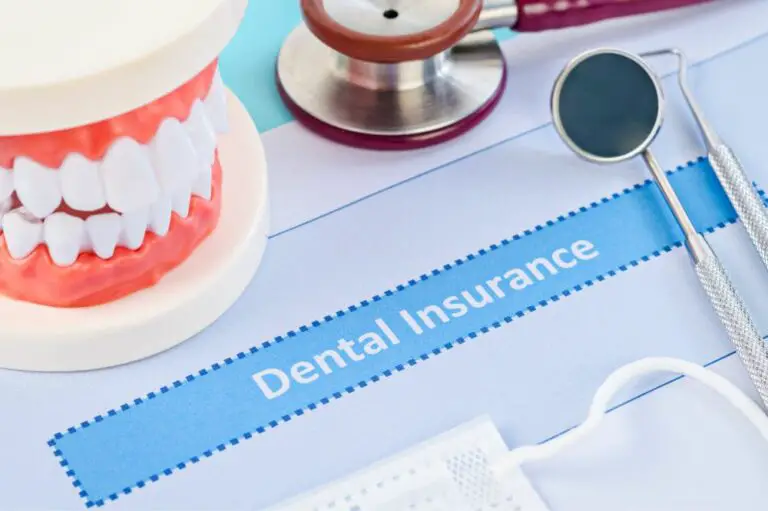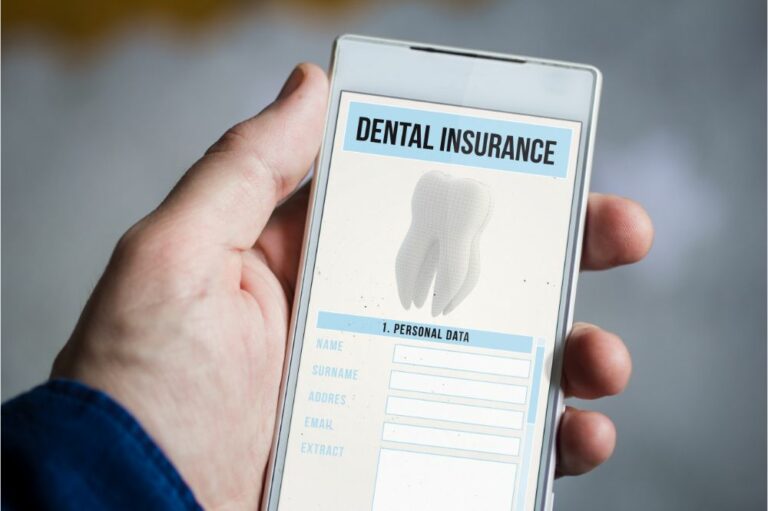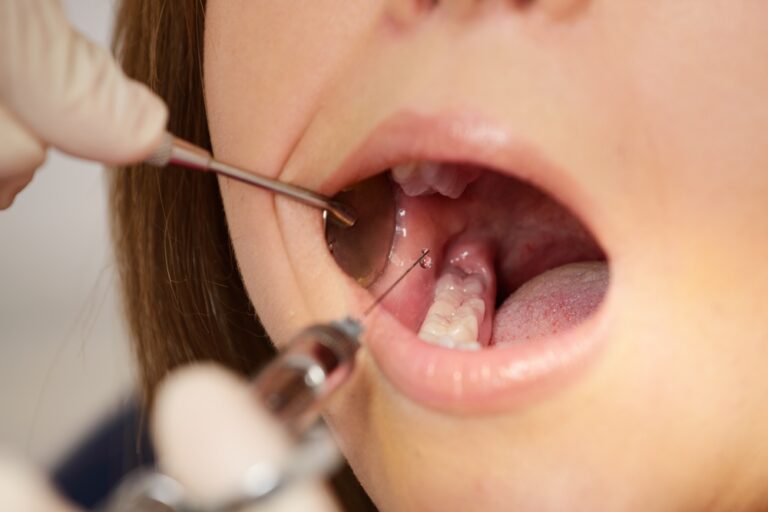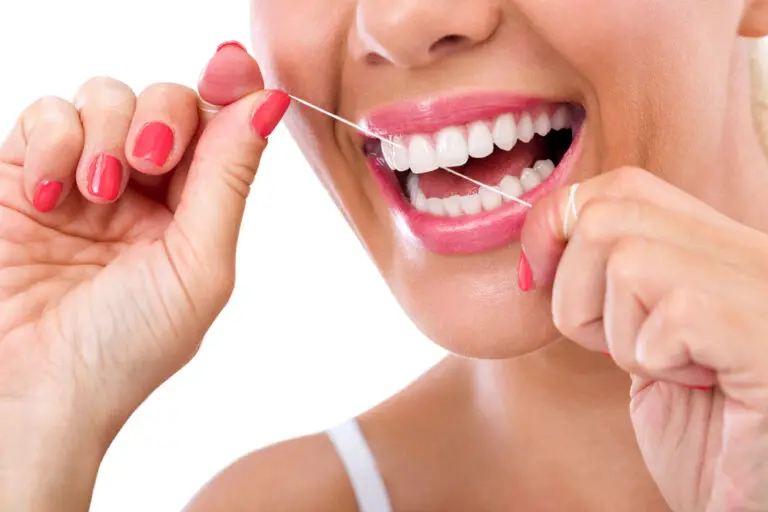Teeth shifting and moving quickly is something that concerns many people. Some notice changes in their bite or spacing within days or weeks and wonder what causes teeth to shift so rapidly. This article examines whether it’s truly possible for teeth to move and shift position in just a few days.
How fast can teeth move with orthodontic treatment?
When undergoing orthodontic treatment with braces or Invisalign, the goal is to move teeth into a better position over time. But just how fast can teeth be moved with today’s orthodontic tools and technology?
Teeth movement with traditional metal braces
Traditional metal braces use brackets that are bonded to each tooth and connected by wiring held under tension. This provides light continuous forces to slowly move the teeth in the desired direction.
On average, teeth move at a rate of 1 millimeter per month with traditional braces. However, orthodontists can safely accelerate this movement to 2-3 times the normal speed in some cases. This is done by making wire adjustments and replacing the elastics more frequently than the typical 4-6 week interval.
While minor tooth movements of less than 1mm may happen in just a few days with braces, visible alignment shifts of 2-3 millimeters generally take a minimum of 4-6 weeks. If attempting faster movement, the patient must take care to avoid damage to the periodontal ligaments and root surface.
Teeth movement with Invisalign clear aligners
The Invisalign system uses a series of removable clear plastic aligners that are custom fabricated to incrementally move the teeth. Each aligner set is worn for 1-2 weeks before switching to the next.
Most patients require somewhere between 20-30 sets of aligners over the course of the 6-18 month treatment timeframe. Since aligners are changed weekly, the average rate of tooth movement is 0.25-0.33mm per week.
As with braces, very minor tooth movements may be possible within the first few days as the teeth begin repositioning. But visible improvement in alignment takes a minimum of 2-4 weeks with each Invisalign tray set. Tracking progress every 2-4 trays allows the orthodontist to monitor and increase movement pace as needed.
What causes teeth to shift quickly on their own?
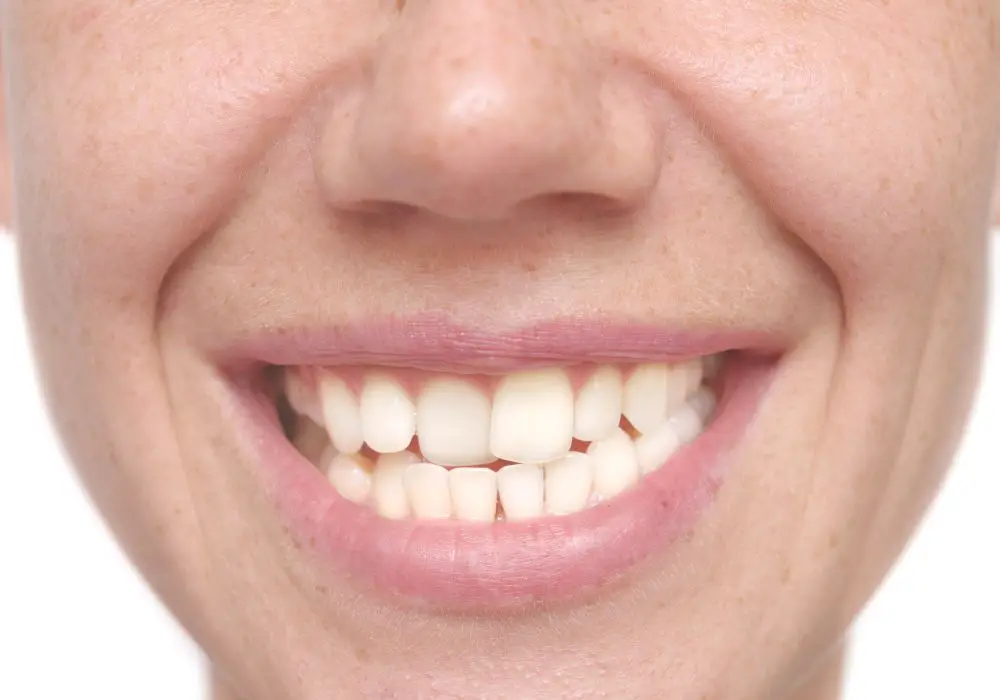
Teeth that aren’t currently in orthodontic treatment can also shift position for various reasons. Here are some of the most common causes of rapid tooth movement:
Loss of teeth or extractions
When a tooth is lost due to trauma or intentionally extracted, the surrounding teeth can begin to drift and tip into the newly created space. This tooth movement is often visibly evident within just 2-4 weeks after the extraction.
In addition to the path of least resistance into the gap, the alveolar bone that surrounded the missing tooth’s root also begins to shrink and resorb over time. This loss of the bony housing can further exacerbate space closure and crowding as the teeth collapse inward.
Periodontal (gum) disease
Inflamed, irritated, and diseased gums are no longer able to provide a strong support system for keeping teeth firmly in place. This breakdown of the periodontal ligaments allows teeth to loosen and move more freely out of position.
Tooth migration due to gum disease like gingivitis and periodontitis can progress rapidly. Noticeable shifting can be observed in 4-8 weeks in many cases if gum health continues deteriorating.
Abnormal tongue or cheek habits
Constant abnormal forces placed on the teeth from the tongue, cheeks, or lips can influence how teeth position over time. For example, a tongue thrust swallowing habit can cause the upper front incisors to flare forward and become more protrusive.
Abnormal pressures from oral habits like cheek biting, fingernail biting, or mouth breathing are other examples that can modify tooth angulation and alignment. Teeth can noticeably shift from daily habits within a timeframe of 4-8 weeks in many cases.
Bruxism and clenching
Grinding, gnashing, and clenching of the teeth puts tremendous amount of pressure on the tooth surfaces and supporting structures. This excessive parafunctional habit can cause teeth to shift and change alignment over time.
In some cases, bruxism and clenching can alter bite relationships enough to become visibly noticeable within just several weeks. It can also loosen teeth in place, contributing to problems. Night guards are often needed to protect the teeth from damage.
Recent dental work
Cosmetic and restorative dental treatments like dental veneers or crowns require reshaping and shaving down the original tooth surface. Altering the shape and thickness of the teeth can influence the bite relationship.
As the teeth quickly seek out a new stable and comfortable bite position after such dental work, small but sudden changes in alignment can be observed within days or weeks. The teeth essentially shift as the muscles and joints find the optimal occlusion.
Pregnancy
Hormonal fluctuations during pregnancy can affect many parts of the body, including the ligaments around the teeth and the bony jaw joints. This loosening effect makes the teeth less firmly anchored in position.
In some women, loosened teeth during pregnancy may be more prone to shifting and moving. These types of fast changes typically reverse and stabilize after giving birth as hormones regulate.
Can teeth move noticeably in just 1-3 days?
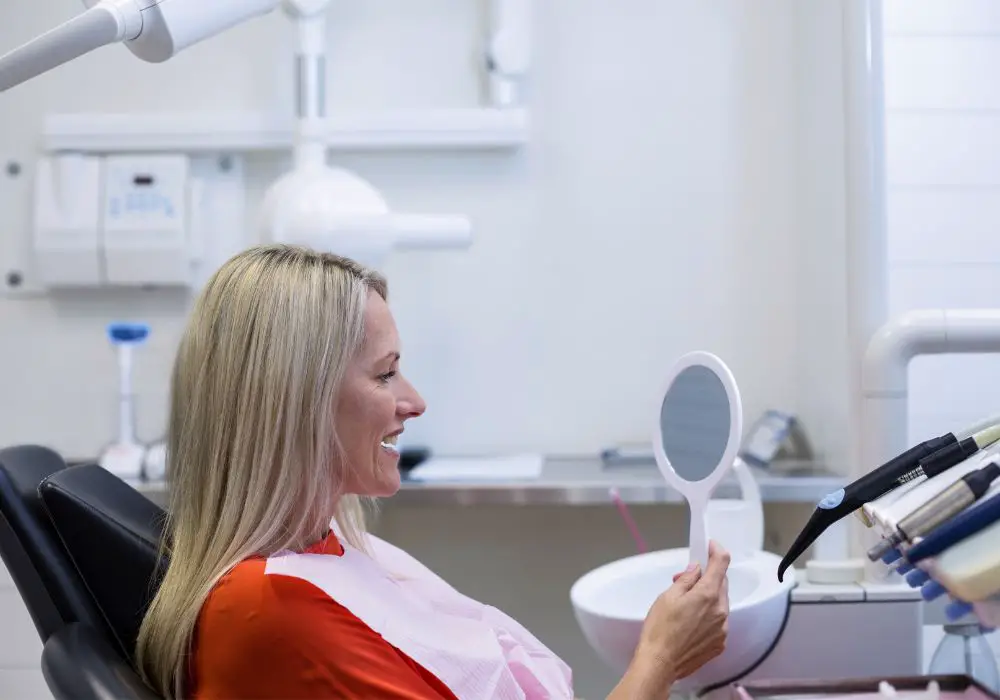
While teeth are capable of shifting position substantially within a few weeks in many cases, is it really plausible for teeth to change visibly within a super short timeframe of just 1-3 days?
In most situations, the answer is no—barring an acute dental injury, emergency, or similar dental trauma occurring. Here are a few scenarios where teeth may falsely appear to move rapidly within 1-3 days:
Loss of a dental crown or veneer
If a dental crown or tooth-colored veneer unexpectedly pops off or becomes partially dislodged, the exposed natural tooth underneath may look smaller, shorter, or more uneven and misshapen in comparison.
However, the actual natural tooth did not change shape or shift position in the span of a few days. The prosthetic restoration is what came loose or fell off and exposed the tooth’s original appearance and proportions.
Orthodontic emergencies
In some cases, braces can experience breakage like a snapped wire or loose bracket. Similarly, a misaligned tray of Invisalign aligners could apply focal pressure to a tooth already in motion.
These types of orthodontic emergencies may leave a few teeth suddenly unrestrained and susceptible to small shifts in tooth position over 1-3 days. Seeking prompt orthodontic attention can swiftly fix issues before more significant tooth movement occurs.
Sudden bite change or dental trauma
Rarely, a sports injury, car accident, or other oral impact may sprain or strain the ligaments around the teeth. If severe enough, this trauma can allow previously stable teeth to suddenly shift out of position.
Seeking urgent dental care within 24-48 hours is crucial to have the best chance of repositioning a traumatically shifted tooth back into place before further movement occurs. Timely attention improves prognosis.
Erupting wisdom teeth
Emerging and erupting wisdom teeth in the back corners of the mouth can sometimes apply pressure to and nudge the adjacent molars or premolars out of place.
Slight changes in alignment and bite symmetry may become noticeable within days or weeks as wisdom teeth begin bulging through the gums and moving toward their eruption space.
Dental illusion
The way lighting, reflective surfaces, tooth angles, occlusion, and other variables interact when examining the mouth can sometimes create an optical illusion of shifted teeth.
Looking very closely from multiple angles in the mirror, with good lighting, helps determine whether the teeth have actually changed position or if it is merely an illusion or perception issue that only appears to look different.
Typical tooth movement rates chart
| Type of Tooth Movement | Timeframe |
|---|---|
| With braces | 1 mm per month (average) |
| With Invisalign aligner trays | 0.25-0.33 mm per week |
| After tooth extraction | 2-4 weeks for visible shift |
| From gum disease | 4-8 weeks for visible shift |
| From tongue thrusting habit | 4-8 weeks for visible shift |
| From chewing hard foods | 4-8 weeks for visible shift |
At-home ways to prevent rapid tooth shifting
If teeth are unexpectedly shifting in position due to dental extractions, gum disease, or influential habits, visiting a dentist soon is important. Proper diagnosis and treatment is key to addressing the cause.
In the meantime, there are some conservative self-care measures that may help temporarily stabilize loose or moving teeth:
- Use an over-the-counter dental guard – A boil-and-bite night guard helps prevent excessive grinding and clenching strains while sleeping. This reduces non-functional pressures on the teeth.
- Try oral muscle exercises – Gently massaging the cheeks, lips, tongue, and jaw muscles can help retrain harmful thrusting or positional habits. Stretching and relaxing the mouth may aid recovery.
- Avoid very hard, crunchy foods – Sticking with softer foods is gentler on potentially loose or mobile teeth. It also protects from further dental fractures or damage.
- Take over-the-counter pain relievers – Anti-inflammatories help relieve dental pain and sensitivity that may occur with shifting teeth. But avoid excessive use.
- Rinse several times daily with warm salt water – Saltwater rinses promote oral healing and keep the mouth cleaner, which benefits stabilizing vulnerable teeth.
- Ask your dentist about dental wax – Short term use of orthodontic wax or dental occlusal guards may help stabilize loose teeth temporarily as an emergency measure.
However, these conservative at-home steps can only provide temporary relief in minor cases of dental shifting. Visiting a dentist for definitive treatment is essential to fully resolve the problem and prevent progressive tooth movement issues.
Frequently Asked Questions
Can teeth move and shift a lot in just a week?
While very minor tooth movements are possible within one week’s time, most significant tooth shifting and rotation takes a minimum of 2-4 weeks to become visibly noticeable. Major changes in less than a week are unlikely barring dental injuries.
Why did my teeth suddenly shift so much recently?
Sudden considerable tooth movement often relates to dental changes like extractions or fractures that have decreased structural support. Periodontal disease or harmful oral habits can also enable teeth to shift more rapidly. Consulting a dentist helps identify causes.
How do dentists fix severely shifted teeth?
Minor tooth movement may not require intervention beyond resolving the underlying cause. But severely shifted teeth often necessitate realignment through orthodontics like Invisalign or traditional braces. Restorations like dental bridges or implants may replace missing teeth.
Can Invisalign aligners move teeth within one week?
Invisalign can successfully improve shifted teeth over the full course of treatment by moving teeth incrementally with each aligner set. However, major movement still takes many weeks or months. The average weekly movement is only 0.25-0.33mm per tray.
What are some effective home remedies to re-tighten loose teeth?
For mildly loose teeth, using an over-the-counter dental guard reduces strain from clenching and grinding. Oral exercises, soft diet, saltwater rinses, dental wax, and occlusal guard may provide temporary stabilization until the dentist restores structural integrity.
Conclusion
While patients may notice minor tooth position changes in the span of a few days, substantial tooth movements and shifts generally take a minimum of 2-4 weeks to become observably evident. Exceptions could occur in the case of dental injuries or trauma requiring urgent attention.
For accelerated tooth movement without obvious cause, promptly consulting a dentist can help determine the underlying reason, whether orthodontic, prosthetic, or periodontal in nature. With proper diagnosis and timely treatment, problematic shifted teeth can often be guided back into ideal alignment for a beautifully functional smile.

